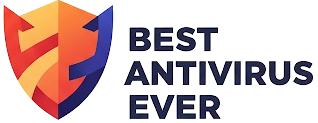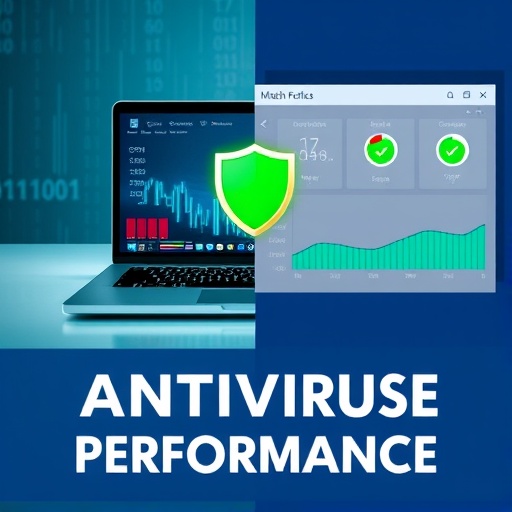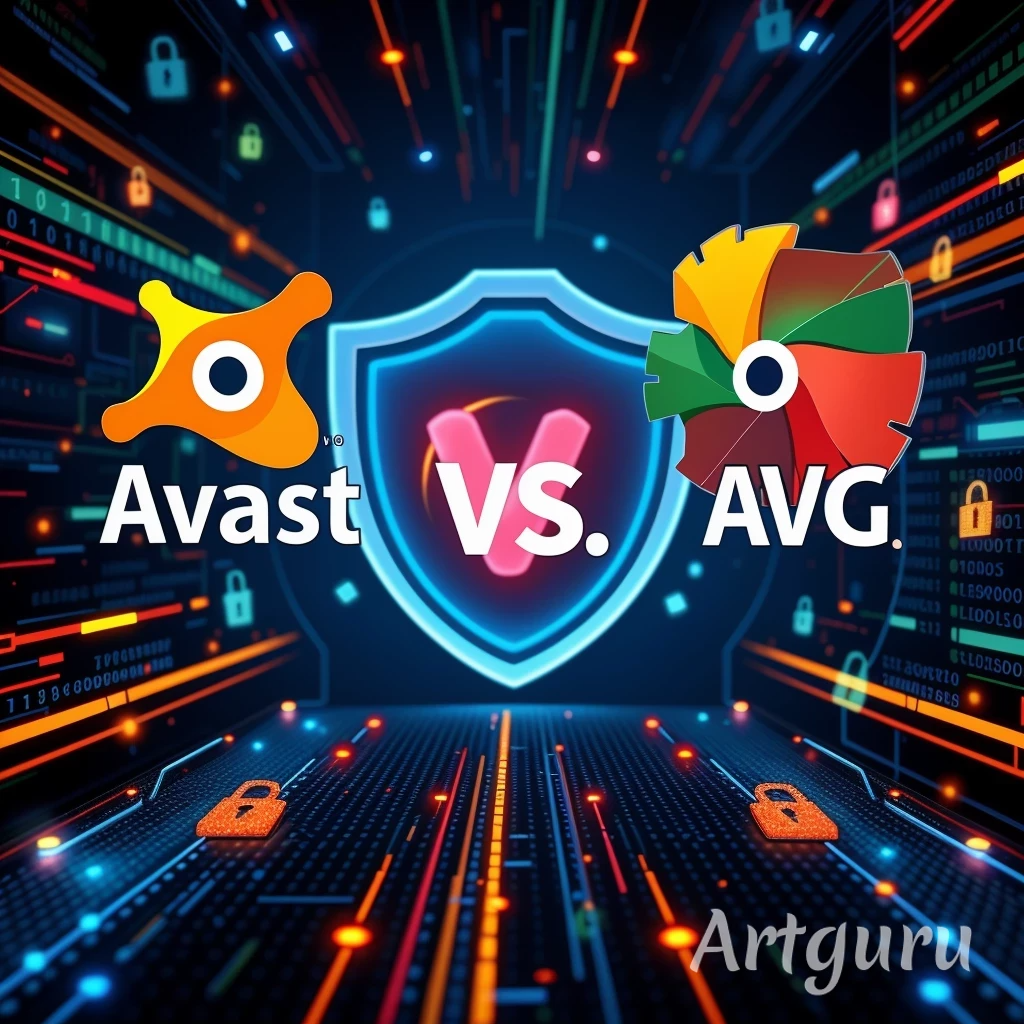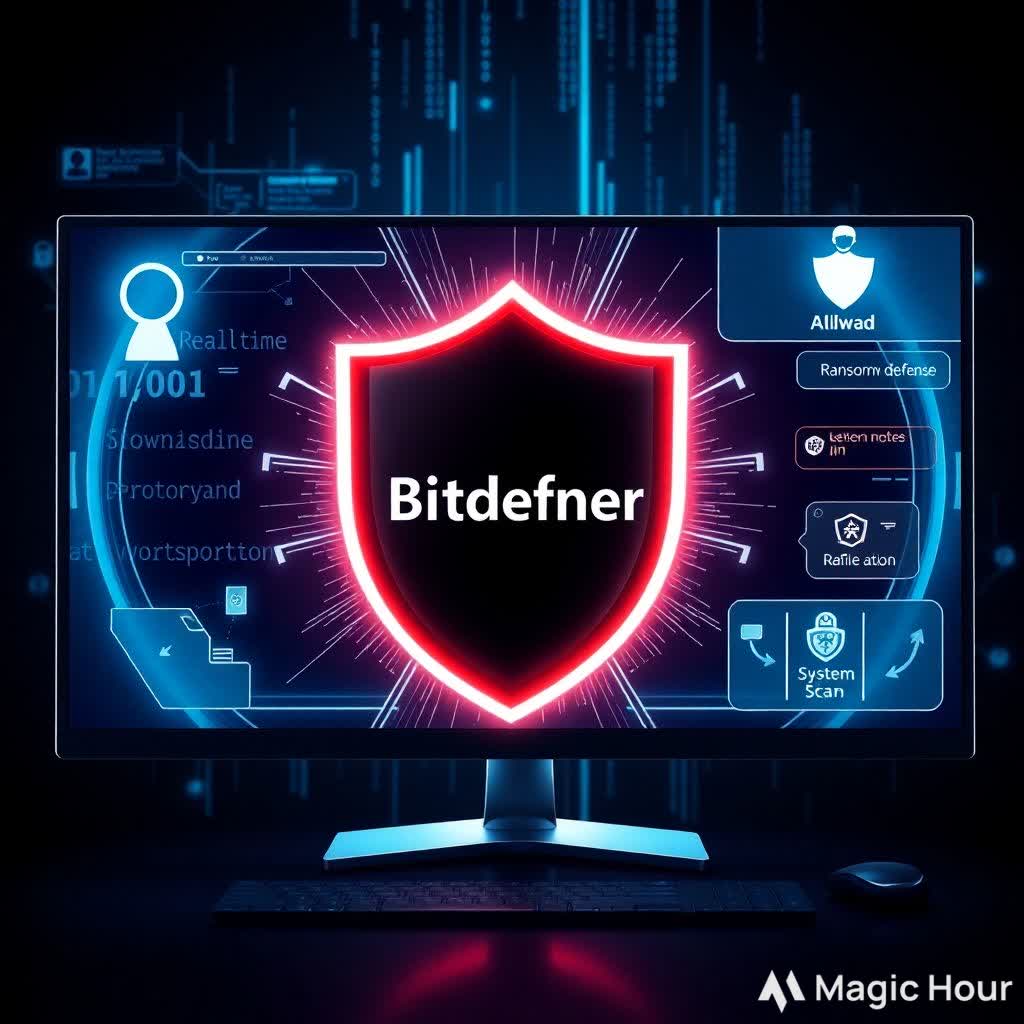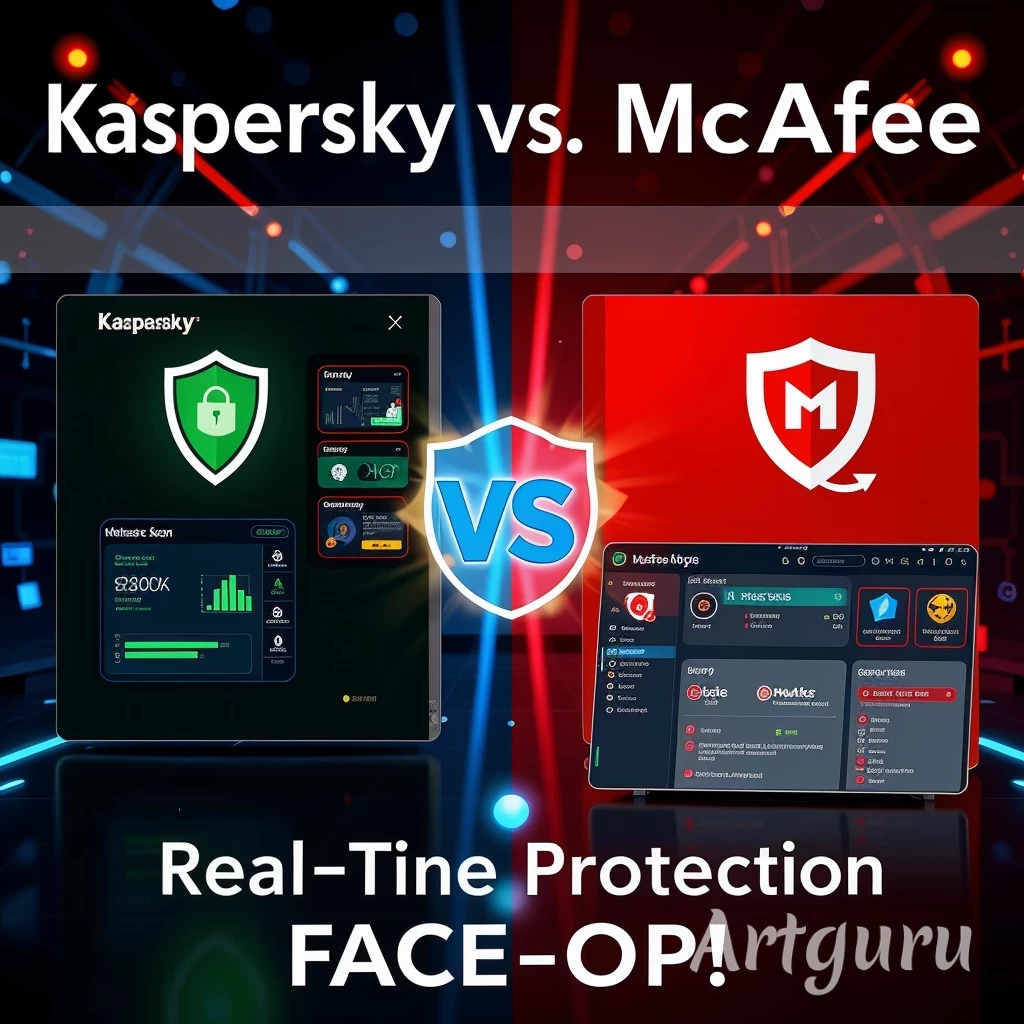|
|
| Antivirus Performance Impact |
In a world increasingly threatened by cyberattacks, having antivirus software is a necessity. However, while antivirus programs are essential for system protection, they often come with a tradeoff — system performance. In this guide, we explore the performance impact of popular antivirus software on resources like CPU, RAM, and disk usage, so you can make an informed choice.
Why Antivirus Resource Usage Matters
Antivirus software runs in the background, constantly scanning files, monitoring activity, and updating virus definitions. These tasks can consume a significant portion of your system’s resources, leading to sluggish performance, especially on lower-end machines. For gamers, designers, and professionals who rely on performance-intensive tasks, this can be a major concern.
Key Metrics We Measured
To understand the performance impact, we focused on several key metrics:
- CPU Usage: Measures how much processing power the antivirus uses during idle and active scanning.
- RAM Usage: Indicates the amount of system memory the software occupies, affecting multitasking capabilities.
- Disk Usage: Shows the read/write operations performed by the antivirus, which can potentially slow down other disk-intensive tasks.
- Startup Impact: Evaluates how much the antivirus software delays the system boot time.
Test Setup
Our performance tests were conducted on a consistent setup to ensure a fair comparison:
- Operating System: Windows 11 Home (22H2)
- Processor: Intel Core i5-1135G7
- RAM: 8GB DDR4
- SSD: 512GB NVMe
- All antivirus software was updated to the latest version as of May 2025.
Antivirus Software Tested
We evaluated the performance of the following leading antivirus solutions:
- Windows Defender
- Avast Free Antivirus
- Bitdefender Antivirus Plus
- Norton 360
- Kaspersky Anti-Virus
- McAfee Total Protection
Performance Results
The following table summarizes the performance impact of each antivirus software based on our tests:
| Antivirus | Idle CPU (%) | Scan CPU (%) | RAM Usage (MB) | Disk Usage During Scan (MB/s) | Boot Impact (Seconds) |
|---|---|---|---|---|---|
| Windows Defender | 1.2 | 33.5 | 180 | 25.3 | 5 |
| Avast Free Antivirus | 1.5 | 38.7 | 210 | 28.9 | 8 |
| Bitdefender Antivirus Plus | 1.8 | 45.1 | 230 | 35.5 | 9 |
| Norton 360 | 2.3 | 47.8 | 290 | 38.2 | 10 |
| Kaspersky Anti-Virus | 1.4 | 36.9 | 200 | 30.1 | 6 |
| McAfee Total Protection | 2.6 | 50.2 | 310 | 40.7 | 11 |
Analysis and Recommendations
Based on our performance analysis, Windows Defender consistently showed the lowest impact on system resources, offering a lightweight yet sufficient level of protection for many users. Bitdefender Antivirus Plus and Kaspersky Anti-Virus provide robust security features while exhibiting a slightly higher, but still reasonable, resource usage. On the other hand, McAfee Total Protection and Norton 360, while offering comprehensive security suites, demonstrated the most significant impact on system performance.
Tips to Minimize Antivirus Impact
Even with a lightweight antivirus, you can further minimize its impact on your system:
- Schedule full system scans during idle hours when you are not actively using your computer.
- Disable any unnecessary modules or extra features of your antivirus software, such as built-in VPNs or password managers, if you don’t utilize them.
- If your antivirus has a dedicated “game mode” or “performance mode,” ensure it is enabled when running resource-intensive applications.
- Keep both your operating system and your antivirus software updated to benefit from performance improvements and optimizations.
Conclusion
Choosing the right antivirus software involves considering both its security capabilities and its effect on your system’s performance. This guide provides insights into the resource usage of several popular options, empowering you to make an informed decision that balances protection and speed. The optimal choice will depend on your individual needs and system specifications.
Note: Actual performance may vary depending on your specific hardware, other background applications running, and your overall system configuration.
